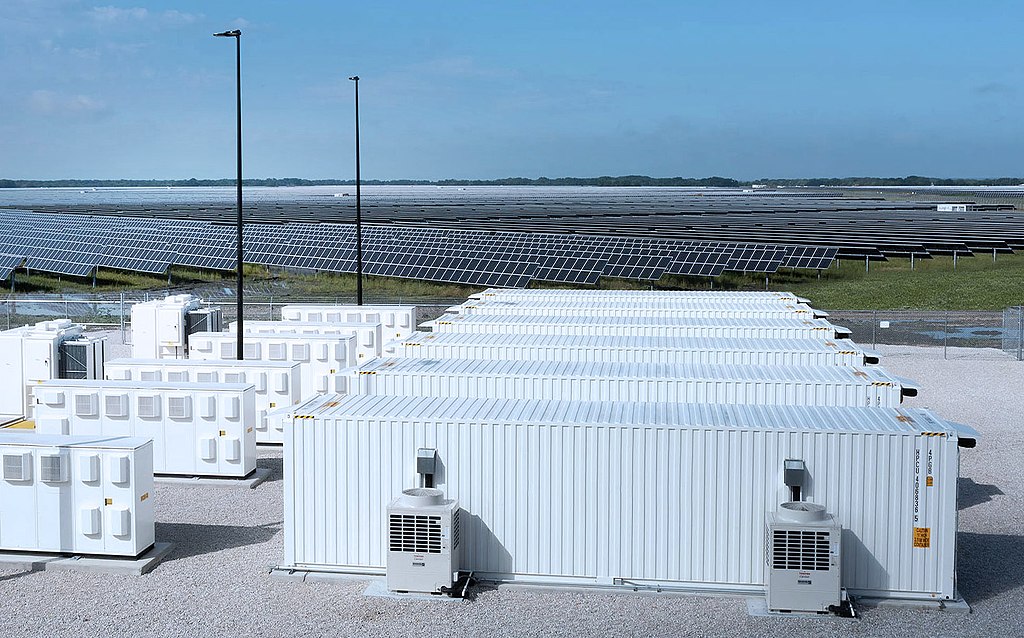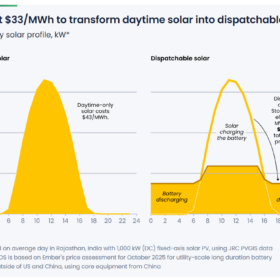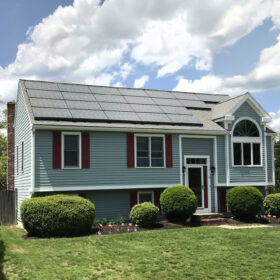The U.S. energy storage sector kicked off 2025 at full speed, posting record growth across utility, residential and commercial segments, according to the latest U.S. Energy Storage Monitor from Wood Mackenzie and the American Clean Power Association. The report highlights that not only has the market scaled rapidly, it’s also started shifting as policy, tariffs and manufacturing dynamics reshape where and how projects get built.
In a record-breaking start to the year, developers installed over two gigawatts of new storage capacity in Q1 alone despite 21 GWh of battery energy storage factories being cancelled in 2025. Utility-scale projects dominated and added 57% more megawatt-hours compared to the same timeframe in 2024; the total number rang in at 1,558 MW / 4,078 MWh.
Five states accounted for 91% of the country’s new capacity. While California and Texas still played major roles despite congested markets, their combined share of new capacity fell by 16% from the previous quarter as states in the Southwest and Midwest saw significant storage growth.
Sizewise, Indiana and Nevada saw the two largest battery storage projects come online in Q1, with both projects adding 200 MW / four hours of storage to the grid.
However, some experts expect states in the Midcontinent Independent System Operator (MISO) to experience delayed or cancelled projects as hybrid solar-and-storage projects become harder to pencil.
Beyond utility-scale storage, the residential market also set new highs, with 458 MW and 893 MWh of capacity installed in what equals out as an 82% jump year-over-year. Here, California remained a leader. Coupled with Puerto Rico, the two markets made up just under 75% of new growth in early 2025.
Illinois also emerged as a promising new player in the residential storage scene; the report chalks this up to the state’s net billing scheme, though the authors note that attachment rates “have not yet reached anticipated levels.”
Even as smaller installers wrestled with ongoing supply chain constraints, homeowner demand for backup power and bill savings continued pushing residential storage forward.
But under the One Big Beautiful Bill Act, wannabe residential battery owners have only until the end of the year to purchase and install storage systems in order to qualify for the 30% tax credit under 25D. Most leased residential systems will remain eligible for tax credits beyond 2025, however, as they rely on 48E instead.
Commercial, community and industrial storage (CCI) deployment also saw a 36% increase year-over-year in early 2025, though the growth was concentrated in California and New York.
Wood Mackenzie expects all storage sectors to struggle in the short-term before bouncing back in the long-term due to strong renewable energy interest from hyperscales and corporates, constrained capacity and state-level climate targets.
Utility-scale installations, in particular, are expected to see year-to-year swings due to tariffs and procurement bottlenecks but should recover strongly as demand for grid reliability and renewable integration grows later this decade.
This content is protected by copyright and may not be reused. If you want to cooperate with us and would like to reuse some of our content, please contact: editors@pv-magazine.com.









By submitting this form you agree to pv magazine using your data for the purposes of publishing your comment.
Your personal data will only be disclosed or otherwise transmitted to third parties for the purposes of spam filtering or if this is necessary for technical maintenance of the website. Any other transfer to third parties will not take place unless this is justified on the basis of applicable data protection regulations or if pv magazine is legally obliged to do so.
You may revoke this consent at any time with effect for the future, in which case your personal data will be deleted immediately. Otherwise, your data will be deleted if pv magazine has processed your request or the purpose of data storage is fulfilled.
Further information on data privacy can be found in our Data Protection Policy.